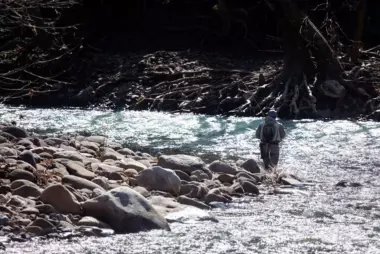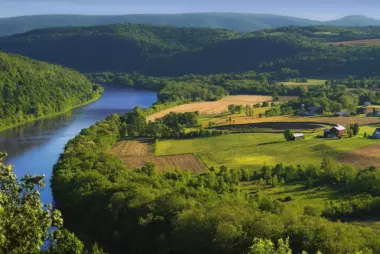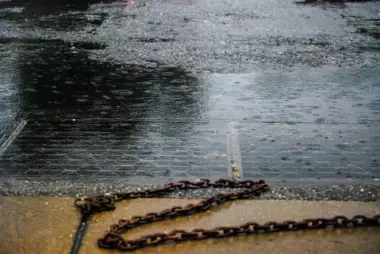Building the Workforce of Today and Tomorrow
While jobs in agriculture, manufacturing and mining have dwindled, new opportunities supporting the “green economy” have grown. This module explains how supporting green jobs can help your community thrive.
Preview presentation and download files
Downloads
Presentations and Fact Sheets
Video for Building the Workforce of Today and Tomorrow
In this topic you will learn
-
What is the green economy, and how can it help my community?
-
How do I attract and retain skilled workers, new residents and businesses?
-
What are the benefits of a diverse workforce?
Downloads
Presentations and Fact Sheets
Highlights
Education
K-12 education and targeted training programs are essential in developing a workforce tied to the green economy. Enhancing both formal and informal education about the watershed builds a foundation for greater understanding of natural systems and improved stewardship. It also creates a pipeline of scientists, managers and other members of a dynamic and innovative workforce.
Economic Development
While jobs in agriculture, manufacturing and mining have dwindled, new opportunities supporting the green economy have grown. Supporting green jobs can help communities thrive. The green economy in the U.S. is estimated to be worth $1.3 trillion annually, employing nearly 9.5 million workers.
Public Health and Safety
Through its Brownfields Training Program, the U.S. Environmental Protection Agency provides environmental safety and cleanup training to residents of brownfields-impacted communities seeking new skills and opportunities. New trainees can directly reduce the public health threat that brownfields pose.
Infrastructure Maintenance and Finance
Green infrastructure, or nature-based solutions that use soil and vegetation to slow the flow of stormwater runoff, requires many skills to design, build and maintain. This work requires landscape architects, engineers, pipelayers, pavers, groundskeepers and more. Regular inspection and maintenance will ensure your community’s rain gardens, bioswales and forest buffers are operating properly and contributing benefits to your community.
Case Studies You'll Find Inside
Washington, D.C.
Washington, D.C.Training Programs Build a Skilled Workforce
Maintaining the 1,200+ green infrastructure installations across the District of Columbia’s public spaces will require a skilled workforce. Training programs for underemployed and unemployed residents, such as Solar for All, connect the District’s goals for cleaner energy and improved stormwater management with economic mobility for residents.

Anthracite Outdoor Adventure Area
Shamokin, PennsylvaniaOutdoor Recreation on Reclaimed Mine Lands
The Anthracite Outdoor Adventure Area is located on 7,000 acres of reclaimed coal mines that had been vacant for decades. Like other projects of its kind, this mine reclamation project hired former mine operators to serve as construction contractors, who in turn employed former miners and other local workers. Tens of thousands of patrons pay to ride through the wilderness at the park each year, raising local and state tax dollars and filling restaurants and shops with customers.

Dogwood Middle School
Richmond, VirginiaSchoolyard Retrofit Reduces Stormwater Runoff
A schoolyard retrofit project at Dogwood (formerly Binford Middle School uses several methods to reduce stormwater runoff, including a rain garden with a collaboratively designed rain harvesting sculpture. The project was funded with a $200,000 grant from the U.S. Environmental Protection Agency’s Small Watershed Grants Program. It provided hands-on learning for the students who helped plan and execute it.
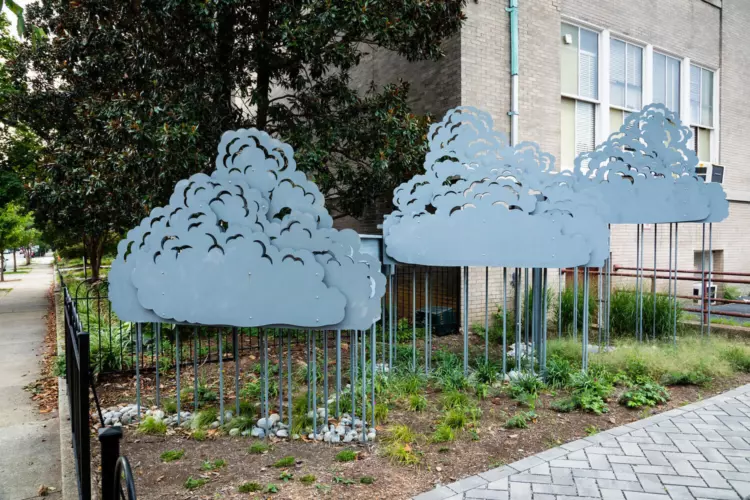
Maryland and Virginia
Maryland and VirginiaCommercial Watermen Lead On-water Tours
Training programs in Maryland and Virginia have encouraged commercial watermen to lead on-water tours using their own vessels and expertise. These tours bring in new visitors, who often book local lodging, eat in local restaurants and shop at local businesses. Watermen show tourists firsthand why a clean Chesapeake Bay is necessary for abundant local seafood.
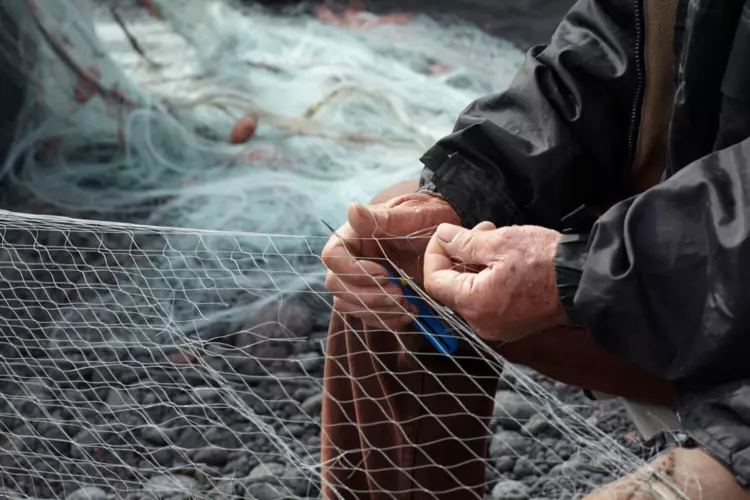
Baltimore
Baltimore, MarylandBrownfields-impacted Residents Trained in Environmental Cleanup
The U.S. Environmental Protection Agency’s Brownfields Training Program trains residents of brownfields-impacted communities in environmental safety and cleanup. In Baltimore, Maryland, Civic Works has used Brownfields Job Training Grants to train more than 80 people. Graduates of the training program have a 90% employment rate, due to their education and the network of alumni and employers the program has built.
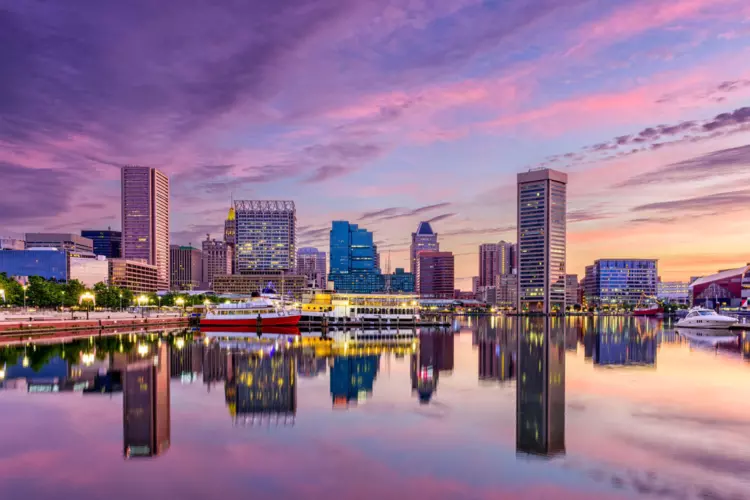
Here's How You Can Help
Learn More About This Topic
Learn about the nation’s first state-sponsored institution providing continuing education and executive training programs designed to help state and local government officials, infrastructure executives and business leaders implement sound climate change initiatives.
Access water workforce case studies from across the country.
Meet a formerly incarcerated individual who, thanks to training from the Pennsylvania Bureau of Forestry, found a new career as an arborist waiting for him on his release from prison.
Learn about an opportunity for instruction and certification in the design, installation and maintenance of sustainable landscapes.
Explore teaching resources, action projects, field experiences and funding opportunities designed to build environmental literacy across the Chesapeake Bay watershed.

